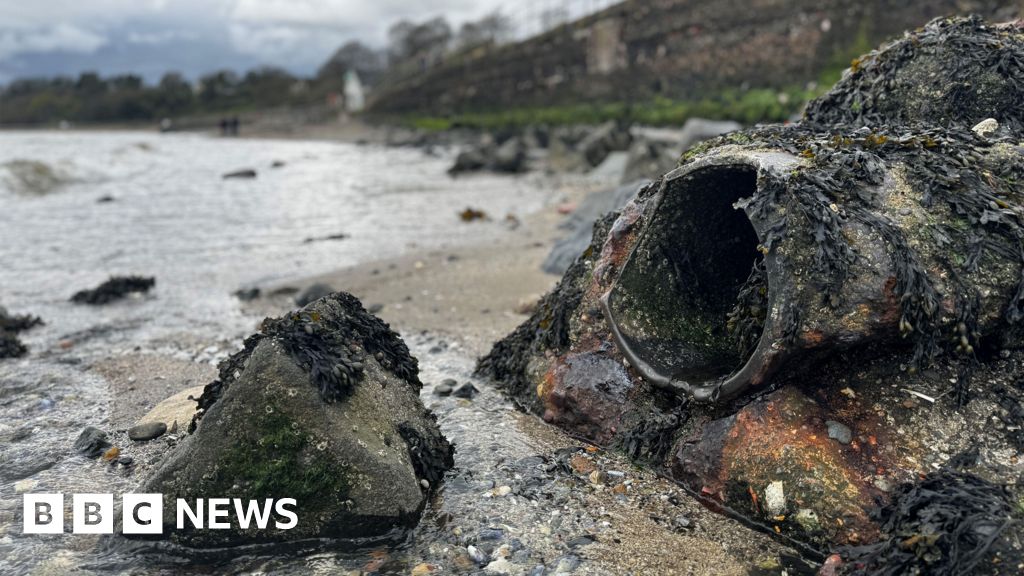Louise CullenAgriculture and environment correspondent, BBC News NI
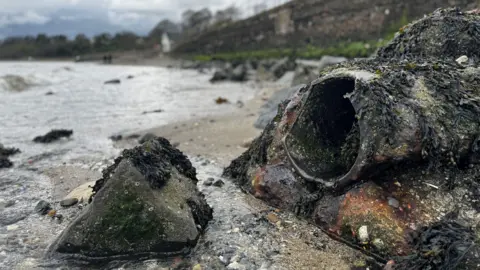 BBC
BBC
The DfI and Daera are under investigation by the UK’s environment watchdog over sewage spills into Belfast Lough
Sewage spills into Belfast Lough are “pernicious, damaging and the time to act is now”, the UK’s environment watchdog has said.
The Office for Environmental Protection (OEP) is investigating two Stormont departments and the Utility Regulator over the number of spills.
Its Chief Executive Natalie Prosser told BBC News NI that Belfast Lough was in a position of “serious degradation” and not getting any better.
Daera Minister Andrew Muir said the investigation was “sadly not unexpected” while the Department for Infrastructure has welcomed it.
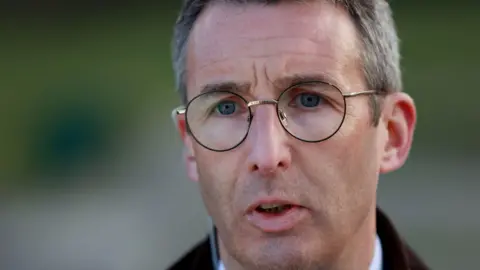 PA Media
PA Media
The Daera Minister Andrew Muir said the investigation was not unexpected
‘A complex problem’
The OEP will examine how the Utility Regulator, the Department for Infrastructure (DfI) and the Department of Agriculture, Environment and Rural Affairs (Daera) regulate sewage discharges by NI Water.
Drainage in Belfast was designed by Victorian engineers as a combined system, where storm water and sewage use the same pipes.
Officials have previously warned of the threat sewage spills pose to the ecosystem of Belfast Lough.
“This is a complex problem with no quick fixes,” said Ms Prosser.
“But our investigation will contribute to the work already underway in this area, so government and other decision-makers can be targeted and effective in driving much-needed improvements in water quality.”
The focus of the investigation will be the regulation of how untreated wastewater, including raw sewage, is discharged into Belfast Lough and its surrounding rivers from Wastewater Treatment Works (WWTW) and Combined Sewer Overflows (CSOs).
WWTWs treat wastewater from homes and businesses to make it safe to be returned to the environment.
That includes treating raw sewage.
During heavy rainfall, when sewer capacity may be exceeded, meaning there is a risk of sewage backing up into homes, streets and businesses, CSOs operate as a safety valve to prevent flooding.
‘Needs to be addressed’
 PA Media
PA Media
The minister says “This is a result of decades of neglect”
The Agriculture, Environment and Rural Affairs Minister Andrew Muir said it’s important that the investigation is taken “seriously”.
Speaking on Radio Ulster’s Good Morning Ulster, he said: “Those discharges should not be occurring.”
“This is a result of decades of neglect,” he added.
“They are occurring because of lack in investment in waste water infrastructure.”
The minister said he plans to bring a paper to the executive “seeking to make a special designation in Belfast Lough, so that will require additional waste water treatment”.
He also said he plans on bringing a separate paper “in terms of the special dispensation that NI Water has wrongfully been given since 2007 where often it is not prosecuted due to sewage pollution, and I think that needs to be addressed”.
He also called on the infrastructure minister to speak on “her role” in stopping the sewage being pumped into the lough.
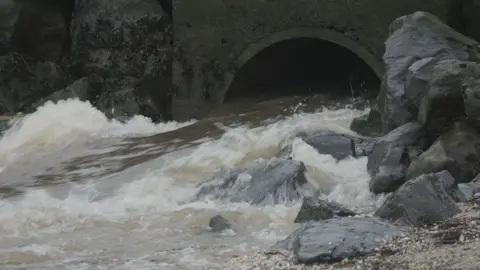
Officials have previously warned of the threat sewage spills pose to the ecosystem of Belfast Lough
Bigger than Belfast
The OEP previously found Northern Ireland may have breached laws designed to protect water quality by not implementing them as they should have.
Ms Prosser said the OEP is aware that wastewater and sewage issues exist in other rivers and lakes.
“Our interest is in driving improvement across the wider regulatory system.
“What we find in this investigation will be relevant across Northern Ireland.”
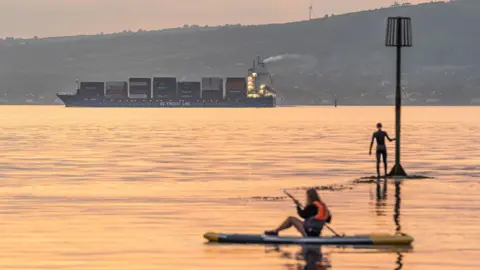 Getty Images
Getty Images
The OEP had previously found Northern Ireland may have breached laws designed to protect water quality
NI Water not included
Sewage and water services in Northern Ireland are provided by NI Water.
It is not in the scope of this investigation because, Ms Prosser said, it is not the OEP’s role to “step into the shoes of the regulators” but to ensure they are fulfilling their legal duties.
They “play key roles in enforcing NI Water’s own responsibilities” in relation to sewage discharges.
However, she said the watchdog would be speaking to NI Water as part of the investigation.
Ms Prosser said: “We’ll be looking at whether the Utility Regulator and DfI have met their duties to take necessary enforcement action, where Northern Ireland Water may not be fulfilling their own responsibilities for sewage discharges.
“For Daera, we’ll examine whether it has set and updated the conditions that allow sewage overflows to spill in line with legal standards.”
Under a protection known as SORPI, NI Water is not fined in the same way that water companies in Great Britain are for sewage pollution incidents.
A review of environmental governance in Northern Ireland recommended that should change.
Causes of water pollution
In a previous report on the causes of nature loss in Northern Ireland, the OEP confirmed that, along with agriculture, wastewater was one of the biggest contributors to water pollution.
That pollution includes excess nutrients from fertilisers, animal waste coming from imported animal feeds and sewage.
Excess nutrients are a major cause of the blue green algal crisis in Lough Neagh and elsewhere for the past three summers.
If the OEP finds there has been any failure to comply with environmental law, it will work with the authorities involved but can take court action if there is no agreement.

